Navigating Europe’s restriction on microplastics
Envirotec Magazine
JANUARY 25, 2024
Legislators in Europe seem to be keeping a closer eye on microplastics, with the introduction of European Union (EU) Regulation 2023/2055 in September being a recent milestone. While microplastics are useful, scientists, governments and consumers now recognize them as a major threat to the environment.


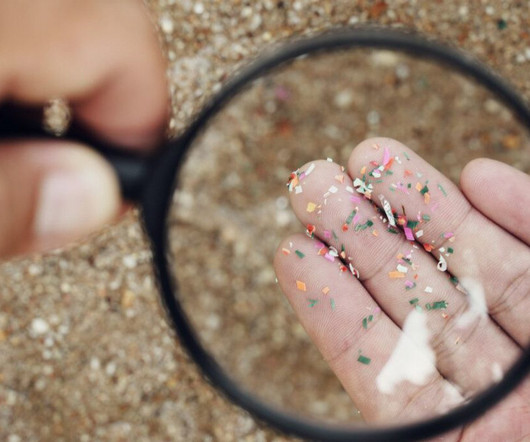

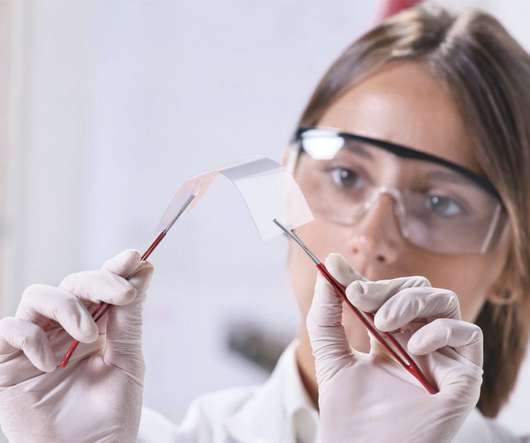
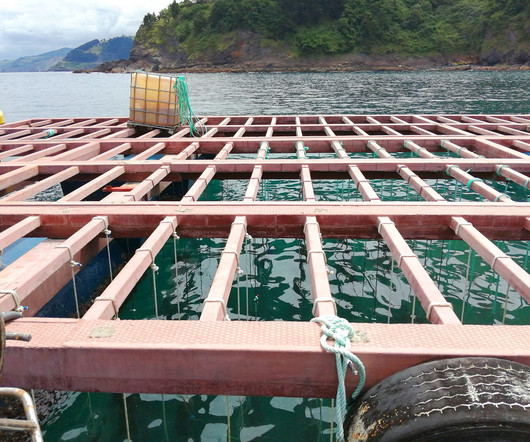
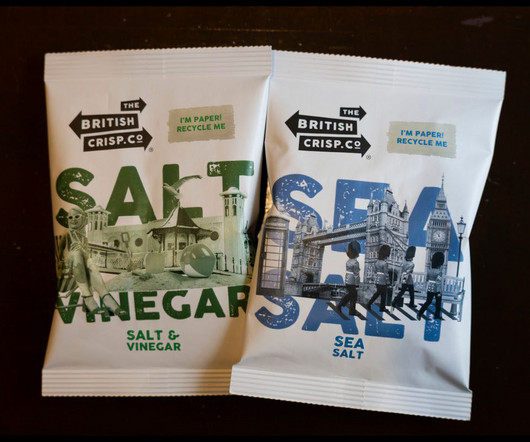

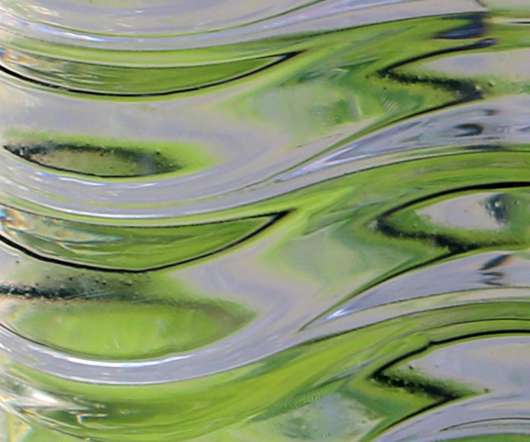

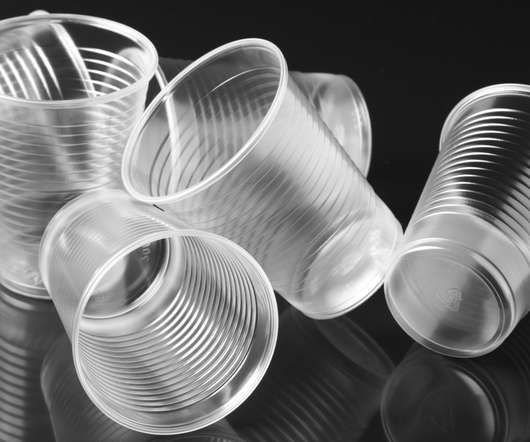
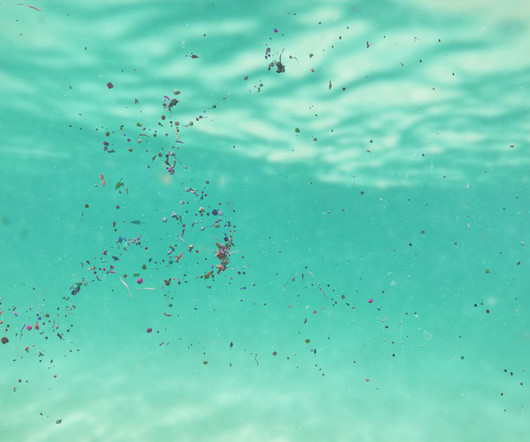








Let's personalize your content